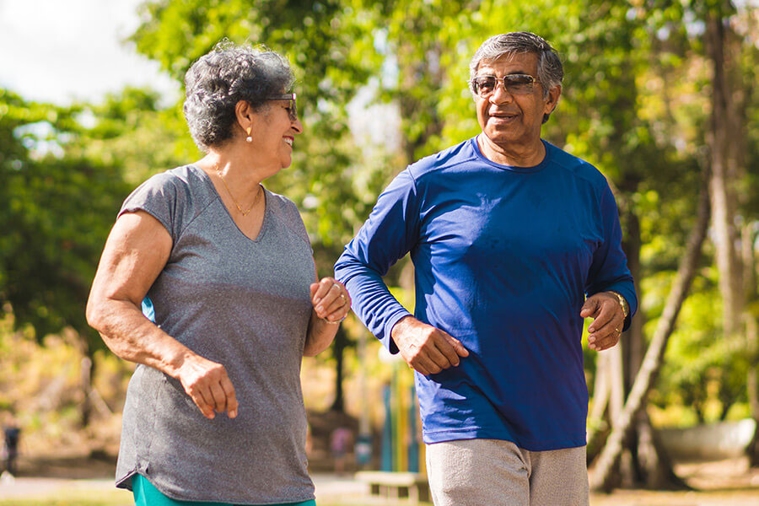
Symptoms and treatment of seasonal affective disorder
Dr. Geny ZapataSeasonal affective disorder, also called SAD, is a type of depression that occurs when seasons change. This type of depression is also sometimes referenced as “winter depression” because the symptoms usually appear during late fall or early in the winter. We say it’s “seasonal” because the usual patterns of changes in mood tend to occur around the same time each year.
Most often the symptoms tend to decrease or go away during the spring and summer seasons. However, there are cases where the SAD occurs during spring and summer.
Seasonal affective disorder signs and symptoms include:
- Fatigue
- Decrease in interest in daily living activities
- Decreased interest in activities an individual once enjoyed
- Feeling sad or depressed most of the day nearly every day
- Sleeping too much or too little
- Experiencing changes in appetite
- Becoming easily irritated
- Experiencing hopelessness and having thoughts of wanting to hurt themselves or thoughts of suicide or death
Some of the possible causes for seasonal affective disorder can include changes in melatonin levels or a decrease in serotonin, a neurotransmitter that can affect mood, sometimes due to reduced sunlight.
The potential emotional, biological and psychological changes that occur during this time can also impact an individual’s function. They may begin to withdraw from their social networks, engage in using or abusing substances, experience symptoms related to anxiety or other mental health conditions, and may have problems arise at work, school or home.
Individuals may also experience significant changes in their thought process. Some can become hopeless and begin to have thoughts about death or hurting themselves. If this is the case, a safety assessment needs to be conducted in order to be able to help the individual stay safe and receive the appropriate suicide care, treatment and management.
Treatments for SAD can include light therapy (phototherapy), antidepressant medication, psychotherapy or a combination of these treatments.
Here are resources that individuals can call or text if they experience emotional suffering and need to talk to someone who is trained to listen and respond to what they may be experiencing. It is important to reach out to someone you can trust and feel comfortable and safe with.
Mental Health Warm Lines for Mental Health Support and Guidance
- LA Warmline: 855-952-9276 (Daily, 10 p.m. - 6 a.m.)
- The NAMI (National Alliance for Mental Illness) HelpLine is a free, nationwide peer-support service providing information, resource referrals and support to people living with mental health conditions, their family members and caregivers, mental health providers and the public: 800-950-6264 (Weekdays, 7 a.m. – 3 p.m. Pacific) or info@nami.org.
Crisis Hotlines:
Suicide Prevention Lifeline (24/7)
- 800-273-8255 (English)
- 888-628-9454 (Spanish)
- 800-799-4889 (Text)
- suicidepreventionlifeline.org
The Trevor Project(24/7) – Crisis & Suicide Prevention Lifeline for LGBTQ Youth
- 866-488-7386




